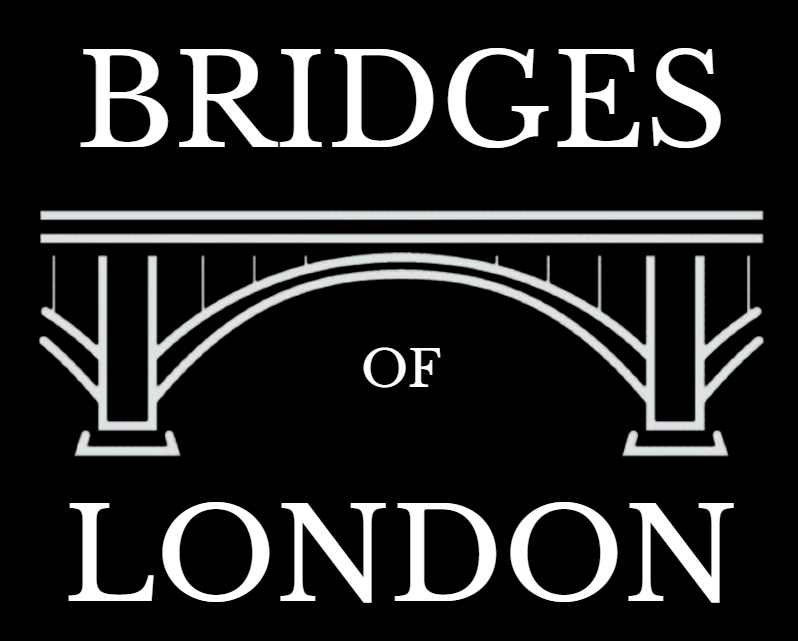Lambeth Bridge: A London Marvel Merging History, Architecture and Civil Engineering
Crossing the River Thames, the iconic Lambeth Bridge serves as a testament to London’s rich architectural and civil engineering prowess. A structure that deftly marries historical charm with modern innovation, the bridge has become an inspirational symbol for locals and visitors alike. In this article, we’ll take you on a journey through Lambeth Bridge’s storied past, explore its fascinating technical details, and uncover a few fun facts that will surely delight.
The current Lambeth Bridge, completed in 1932, is actually the second iteration of the structure. The original bridge, built in 1862, was a suspension bridge designed by Peter W. Barlow. Nicknamed “The Wobbly Bridge,” the structure was plagued by stability issues, which ultimately led to its replacement.
In 1929, construction began on the new bridge under the guidance of engineer Sir George Humphreys and architect Sir Reginald Blomfield. In a nod to tradition, the new Lambeth Bridge retained a red color scheme, echoing the nearby Houses of Parliament. A beautiful example of art deco design, the bridge now proudly serves as a functional and aesthetic marvel.
The current Lambeth Bridge is a five-span steel arch bridge, measuring 237 meters (777 feet) long and 20 meters (66 feet) wide. It features a series of granite piers, which support the steel arches and connect the bridge’s walkways and roadways.
The bridge’s design offers a unique blend of aesthetics and functionality. The elegantly curved arches not only provide structural support but also elevate the bridge’s visual appeal. The decorative obelisks, situated at each corner of the bridge, pay homage to London’s architectural heritage while serving as an eye-catching design element. These obelisks are topped with delightful gilded pinecones, which, legend has it, deter river rats from climbing the structure.
Fun Facts:
- Pinecone Party: The gilded pinecones adorning the obelisks are not just for show. They are said to be a symbol of hospitality and welcome. So, the next time you cross the Lambeth Bridge, remember you’re being greeted with open arms and a touch of whimsy!
- Seeing Red: The bridge’s red color scheme is more than just a visual nod to the nearby Houses of Parliament. It also serves a practical purpose. The red hue is easily discernible in London’s infamous fog, ensuring that the bridge remains visible to both pedestrians and river traffic.
- A Royal Connection: Lambeth Bridge’s regal roots run deep. The bridge connects Lambeth Palace, the historic residence of the Archbishop of Canterbury, with the Palace of Westminster, the meeting place of the UK Parliament. This symbolic connection between the spiritual and political realms further cements the bridge’s status as an integral part of London’s history.
Lambeth Bridge, with its harmonious blend of history, architecture, and civil engineering, stands as an enduring symbol of London’s ingenuity and resilience. A true testament to the capital’s ability to balance tradition and innovation, this magnificent structure continues to inspire and captivate both residents and visitors alike. So, the next time you find yourself crossing the iconic Lamb
